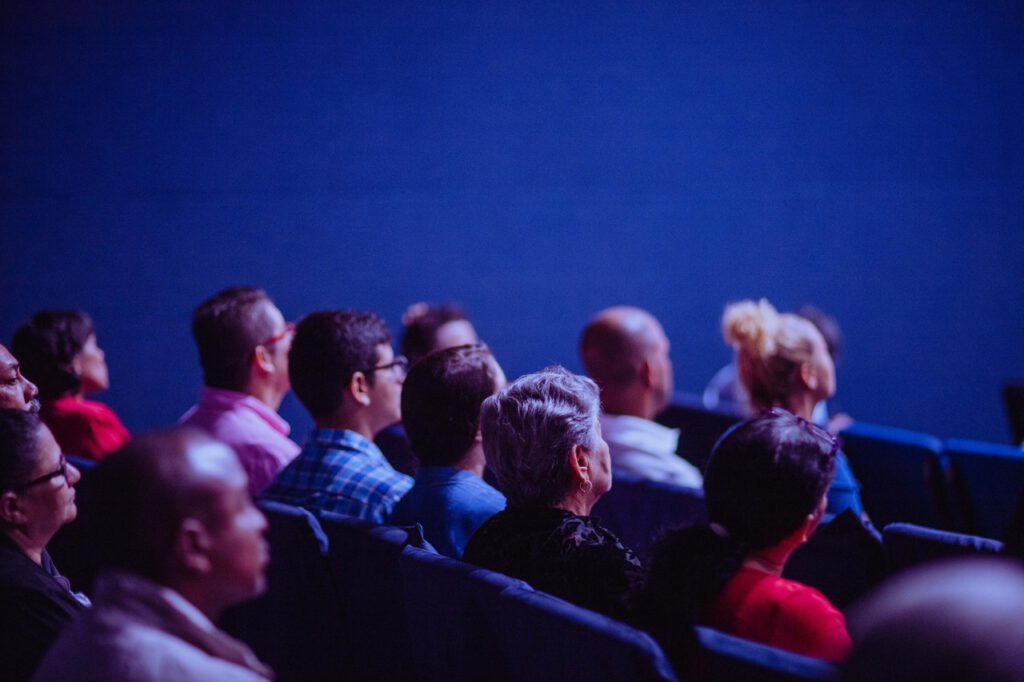Using technology to create a blended learning environment for the future

For schools and further education establishments, the past eighteen months have been both turbulent and unprecedented, dominated by lockdown restrictions, distanced learning and bubbles. However, while the Covid-19 pandemic has by no means disappeared, there seems to be hope on the horizon for a return to some sense of normality in the coming academic year.
Since restrictions on in-person teaching were lifted on 19th July, higher education institutions have been busy making important plans for September, including how to manage a safe return to face-to-face learning. Many are also considering how the innovative technologies that have proven vital in the past year-and-a-half will continue to play a role in education as we move into a new normal.
So, what are the education technologies that will ensure learning continues to be effective and inclusive, no matter what the future has in store?
Connected solutions for a collaborative environment
Having spent over a year of their studies isolated and learning virtually from their bedrooms, many students are desperate to head back to seminar rooms and lecture theatres for some traditional face-to-face learning. At the same time, many are still sceptical or nervous about returning to campus so soon, especially those who have not yet experienced a full term of in-person learning.
Creating ‘blended’ learning experiences to accommodate the needs of both groups is no mean feat but this is a challenge that technology can help to overcome.
Our research reveals that 58% of students cannot read all of the content on a traditional 70-inch flat panel, interactive projectors can transform the learning experience into something much more engaging and enjoyable.
With the ability to project content onto a screen of up to 100 inches, interactive projectors can provide all students with an equal experience and encourage active participation, no matter the size of the learning space – or even if they are logging in from home.
Wireless presentation systems, like Epson’s Let’s Share system – a simple tool that allows you to share up to 4 devices on a large display – are a great add-on to interactive projectors too, enhancing collaboration and making wireless content sharing easier than ever. Solutions like these are perfect for sharing information with seminar rooms or giving group presentations, making the process as seamless as possible.
Seeing is believing
In a future where blended learning is set to become a reality, teachers will want to create a more visually engaging experience that works for pupils who are in the classroom and those who are joining remotely.
The use of smart glasses in classrooms would allow students to learn in a truly immersive virtual environment – no matter where they’re based or what the changing rules and Covid-19 situation looks like. For example, new students could be given a virtual tour of the school they will be joining in September to help ease their first day jitters or teachers could host a biology lesson where the human body is being explained using AR – making every pupil feel included and engaged.
Visualisers or document cameras also offer an ideal opportunity to learn in new and more collaborative ways. These devices allow users to share a projected live view of 3D objects, meaning large groups of people, both in and outside of a room can share a detailed, close-up view of an item without crowding around it or having to pass the object between them. This would mean that everyone could both see and annotate the content, as well as share ideas, collaborating and interacting throughout the process.
Ensuring students and teachers are armed with the right technology means that the focus can be on learning in a collaborative and engaging experience, whether in the classroom, at home or a blend of both.
Connected, collaborative and interactive learning
While nobody knows what the future will look like, education institutions are taking gradual steps back to a revised version of ‘normal’. With September and a new term around the corner, it’s vital that we help children make up for lost time without any further setbacks. This includes ensuring that all children, whether in the room or learning remotely, can see content and have equal opportunity to learn. No student will perform well if they feel excluded from key lessons or if they fail to have the correct information because they can’t see it.
As teachers and students adapt to new education models, connected, collaborative learning is more important than ever. Technologies such as interactive projectors and document cameras can work together to create engaging learning environments that meet the new needs of today’s students and help ease the pressures facing educators.
These technologies can act as a bridge that connects students and teachers, while setting the stage for a successful, albeit different, school year.
Simone Martorina, Video Projection Business Manager, Epson UK











Responses